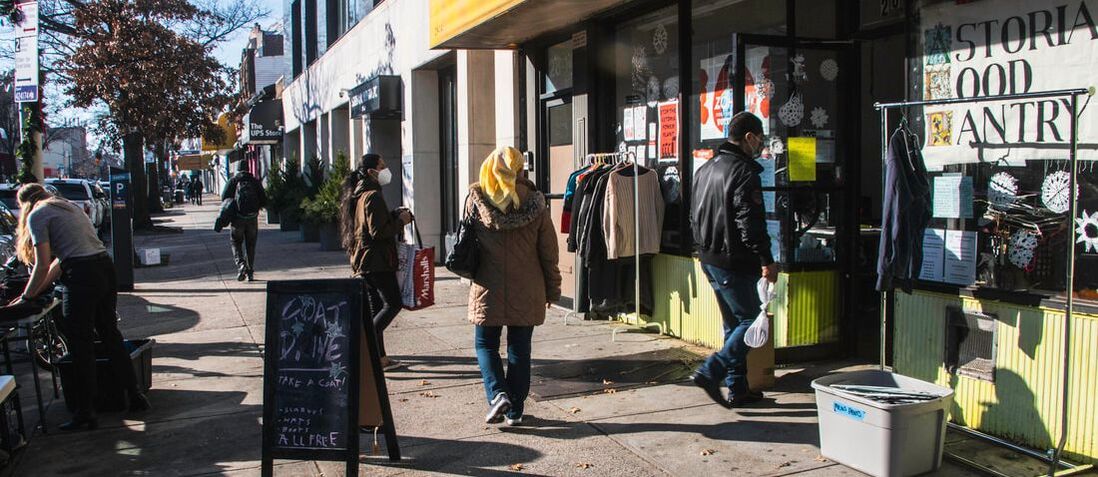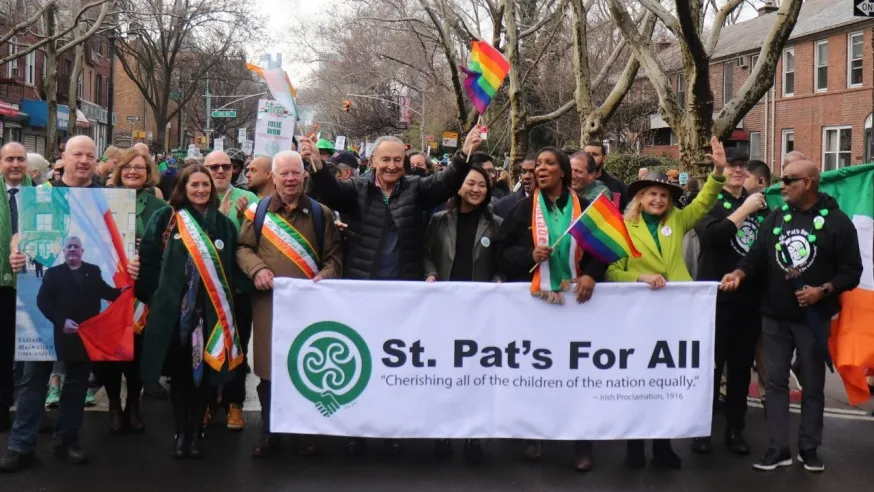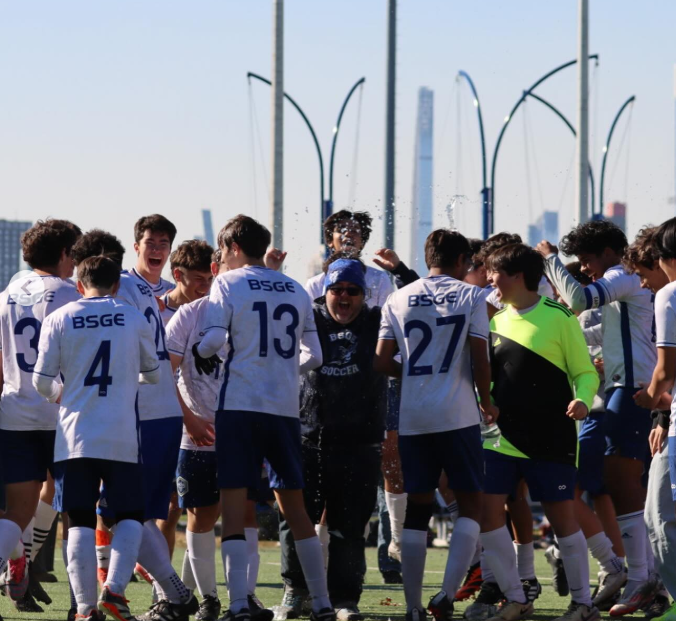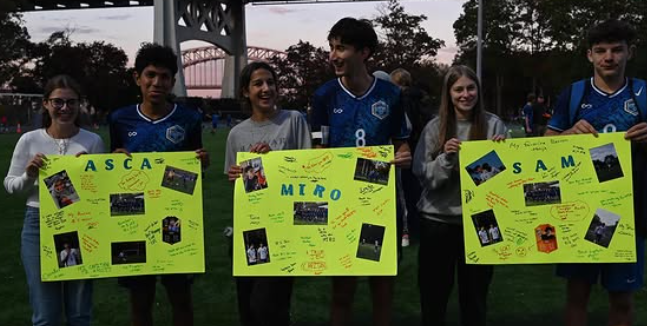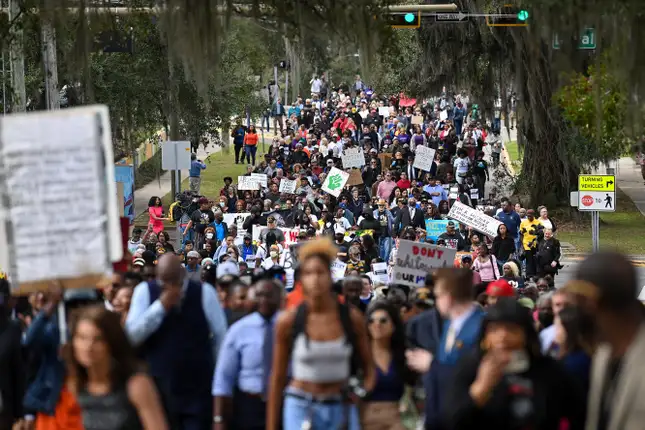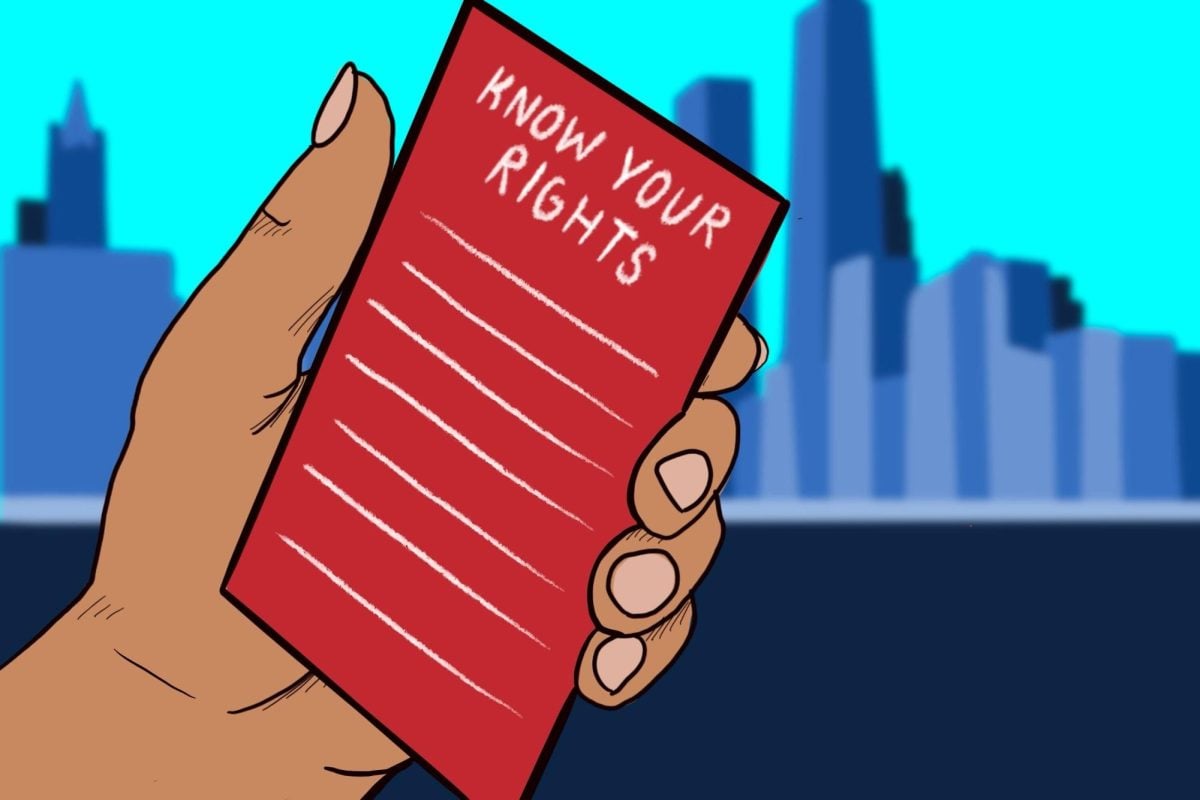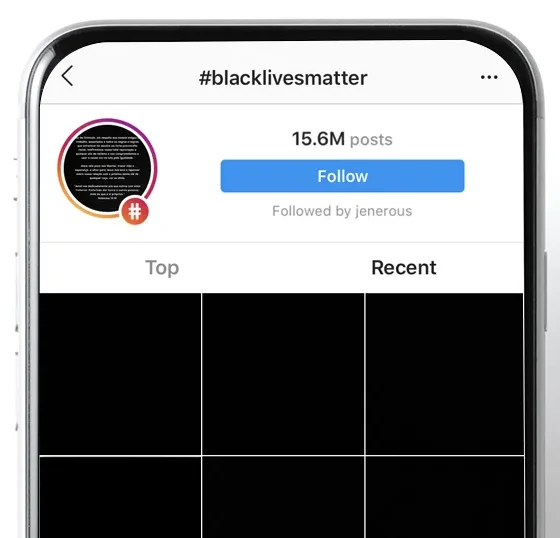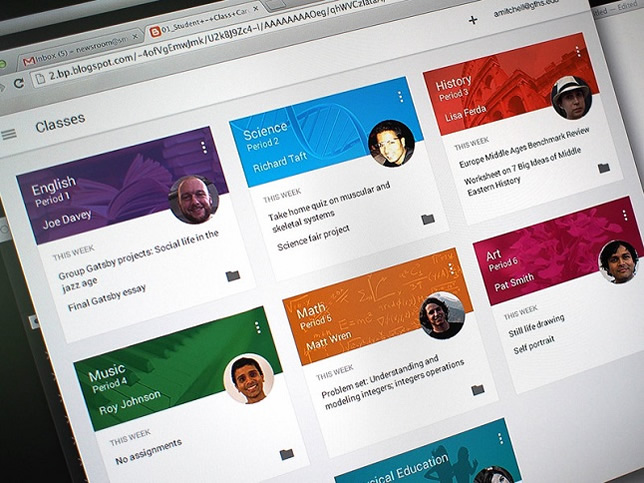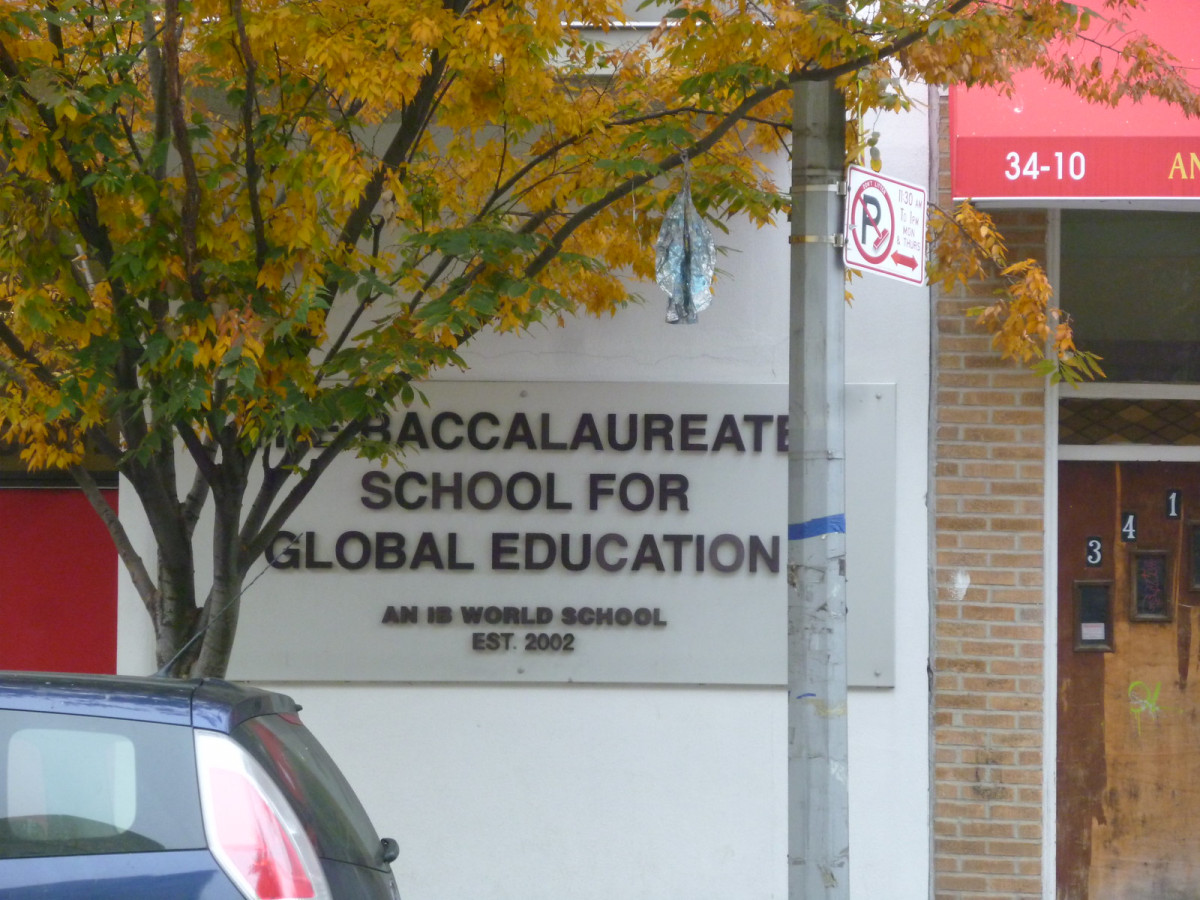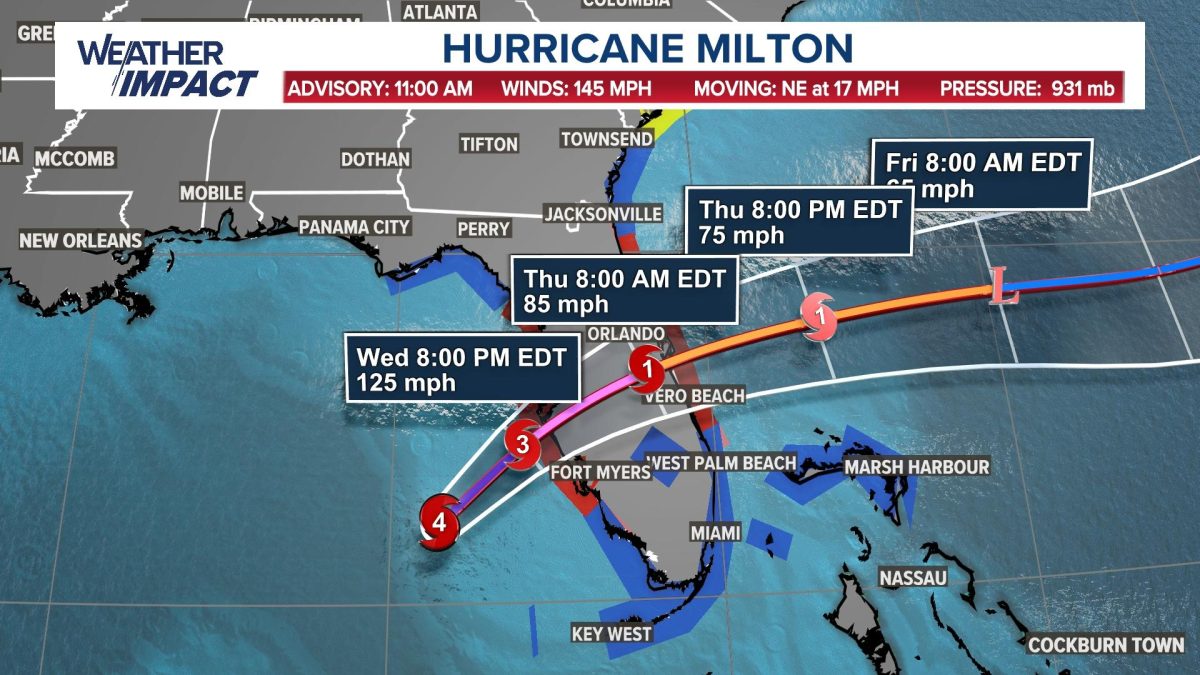According to the Saffir-Simpson scale, Category 1 hurricanes have “very dangerous winds” from 74-95 mph that “produce some damage” (NHC). A cheetah can run up to about 80 mph. Category 5 hurricanes, the highest rating on the scale, have winds of 157 mph and above and produce “catastrophic damage” (NHC). A Ford mustang can only drive up to 155 mph.
For the past several weeks, Florida residents have felt the effects of winds as fast as, if not faster than, an average American’s car’s fastest speed.
In late September, Florida, Tennessee, and North and South Carolina were hit by Hurricane Helene, a hurricane that resulted in more than 200 deaths and a widespread loss of power (NBC).
Though Florida residents didn’t experience the most devastating damage, it was affected. The losses in Florida from Helene were only expanded less than 2 weeks later when yet another hurricane, Hurricane Milton arrived.
Students with family in Florida have had stories like that of a 9th grader at BSGE whose relatives had their houses flooded and lost valuables, forcing relatives to embark on “major repairs on their homes” and “moving things that are salvageable out of their houses” to save the few things they have left.
Hurricane Helene was category 4 with winds from 130-156 mph, 150 mph being the top speed of America’s “only true high-speed rail service” (Wikipedia). Helene resulted in the passing of 20 Floridians (CNN).
Hurricane Milton formed on October 5th as a Category 1 hurricane, got ramped up to a Category 5 hurricane with “winds around 180mph” by October 14th, and finally hit Tampa, Florida a few days later as Category 4 with winds over 130mph (NYTimes; BBC). Included was a storm surge, “three months worth of rain” that came down in the span of only 3 hours on top of “a deadly tornado” (CNN).
Hurricane Milton had more negative impacts on Florida including 12 deaths and at one point more than 3 million people that lost power which has since decreased. There’s also now a lot of uncertainty with how people are going to proceed with their lives (NYTimes).
During the week that Hurricane Milton was forming, updates on people’s individual lives and journeys were documented throughout social media. 11th grade Nour and 10th grade Daniel respectively saw several people “sharing updates and safety tips” along with “ways to support those affected”. An anonymous 9th grader also saw many social media posts of “people evacuating on social media” and “how difficult it is to leave Florida due to the flights and traffic”.
According to their website, the Federal Emergency Management Agency, FEMA’s “mission is helping people before, during and after disasters” (FEMA).
Due to the proximity of Hurricane Helene to Hurricane Milton, FEMA has been “stretched thin” and has now “less than 10 percent of its personnel available to deploy” to help Milton survivors (NYTimes). This means that even more than usual, the American population has to try their best to help in any way they can.
Vice principal of BSGE, Mr. Boyno, whose family in Florida has needed to live in shelters in past hurricanes as a result of flooding and “a lot of times… just need[ed] dry goods”. 10th grader Daniel, also with family in Florida, says that Milton “caused some damage to their home and [that] they’re currently looking for temporary housing and basic supplies like food and water”.
When asked in what ways they thought they could help survivors of Milton, BSGE students listed a myriad of ideas including “organizing a fundraiser or collecting supplies for those in need,” “donating to fundraisers” or “relief efforts,” “giving out food,” “volunteering for cleanup, and helping spread the word about resources available for survivors.”
Misinformation surrounding Hurricane Helene and Milton and the efforts made by FEMA has been very prominent and have actually hindered the relief efforts of the organization.
FEMA’s chief administrator, Deanne Criswell, says that people like Donald Trump “and other prominent conservatives have spread several false claims about the federal response” to the recent hurricanes and that these statements “had made the agency a target of partisan rebuke and put lives at risk” (NYTimes).
This is just another problem adding on to those of Floridians affected by the hurricanes and if all someone can do is refute misinformation and spread the correct facts, then that can help significantly. A BSGE freshman also says that “Anything can truly help the survivors. Being able to even give a dollar may help in the long run. Money adds up and so helping in any way could be very beneficial.”
Where can you donate? Currently Red Cross, the National Voluntary Organizations Active in Disaster, and FEMA are accepting any donation you can afford to help those in need from Florida.




